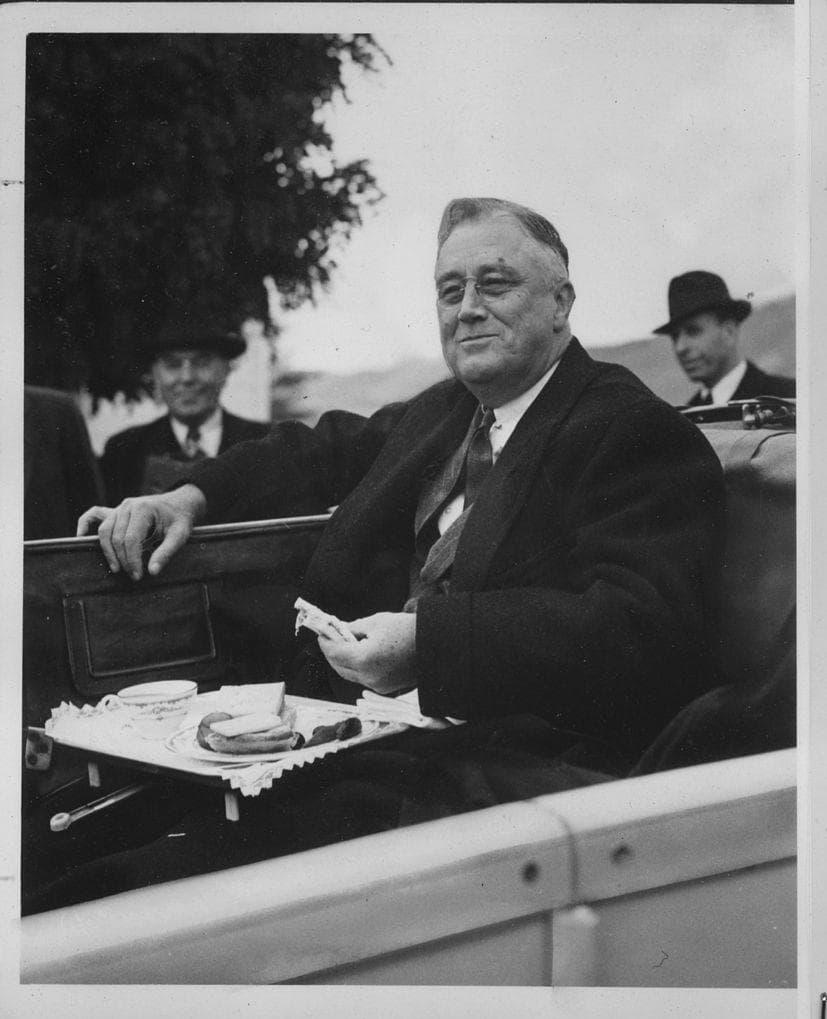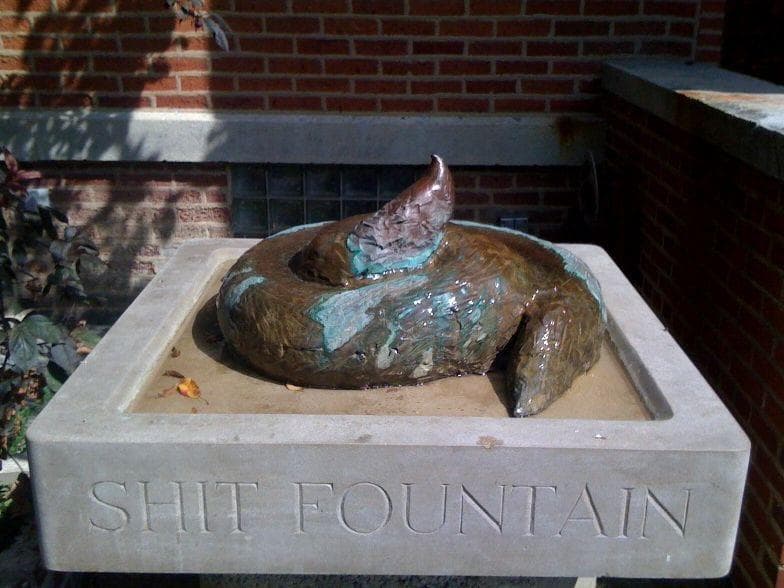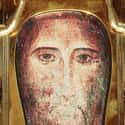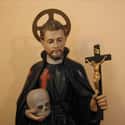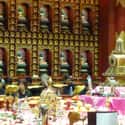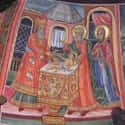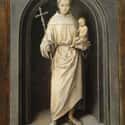-
(#11) The Mandylion Of Edessa Allegedly Cured A King Of Leprosy
According to legend, King Agbar of Edessa contracted leprosy around the time of Jesus's ministry. After hearing Jesus possessed miraculous healing powers, King Agbar sent him a letter requesting he come to Edessa and cure him. Jesus replied he was unable to travel there, but would send one of his disciples instead.
Stories claim Agbar then sent a painter to capture an image of Jesus, and the artist became temporarily blinded by his radiance. Although he was unable to create a painting, Jesus wiped his face on a towel, and an image of his face miraculously appeared on it. When the painter returned with the towel and gave it to the king, the monarch's leprosy vanished. The towel became known as the Mandylion of Edessa and made its way to the Vatican, where it is rarely shown to the public.
-
(#14) Saint Camillus's Preserved Heart Inspires Caring In Others
As a young man, Saint Camillus reportedly suffered from a gambling problem and worked as a soldier of fortune - not typically the lifestyle choices of a saint. He also possessed healing power, however, and devoted his later life to helping others.
Camillus became a hospital worker and inspired others to care for the sick and injured through his compassionate example. The caregivers who followed in his footsteps founded The Ministers of the Sick or the Infirm, also known as the Camillians, and wear white robes with a large red cross decorating their chest.
When Camillus died, his followers removed his heart as a relic. They noted it was still a healthy shade of red and beautiful looking. They enclosed it in a glass display and kept the heart in a former infirmary room, which later became a chapel. The Camillians occasionally send the heart on tours through their churches in other countries, inspiring their followers to care for others.
-
(#7) Buddha's Teeth Grant Great Power And Continue To Grow
When the Buddha passed away sometime during the 6th or 4th century BCE, monks discovered relics among his cremated ashes. According to legend, several of these relics included teeth, and one became the possession of King Brahmadatte. The tooth gained recognition as a symbol of power, and many countries invaded Sri Lanka to take the tooth for themselves - starting wars and forcing the tooth's guardians to move it to different temples.
Buddhists believe the tooth from the legends is housed in the Temple of Sacred Tooth in the Sri Lankan city of Kandy. The tooth rests inside several caskets made of gold, and the temple hosts a 10-day festival each year in honor of the tooth, complete with elephants and fire-breathers.
Other temples claim to have tooth relics from the Buddha, as well. A 2-inch-long molar located at a Buddhist temple in Los Angeles allegedly continues to grow, and visitors believe the tooth helps heal their pain. They also say the tooth's odor changes in response to prayers and sometimes emits light.
-
(#9) Saint Stephen's Right Hand Didn't Decompose With The Rest Of His Body
The first monarch of Hungary, King Stephen I, became a saint after he died in 1038. When people exhumed Saint Stephen's body years later to move it to a safer spot, they realized his right arm did not decompose like the rest of his body. People saw this as a miracle and removed the arm for preservation.
Saint Stephen's arm became known as "The Holy Right," and at one point, a group of Croatian monks cut the hand off from the rest of the arm while they were guarding it, further splitting up the relic. The clenched hand now resides at the Basilica of St. Stephen in Hungary, enclosed in a case and draped with jewels. Some question the authenticity of the relic, since the original wore a ring and the displayed hand lacks a mark indicating a ring was ever there.
-
(#8) The Holy Prepuce Allegedly Possessed Healing Power And Embarrassed The Vatican
Religious scholars claim when Jesus ascended to heaven, he left his foreskin behind. When the Holy Prepuce was allegedly discovered in 1557, strange phenomena followed. Mists of perfume randomly appeared in the village where it was discovered, and freak storms brought damage. Worshippers claimed the foreskin possessed healing powers, as well, and it allegedly cured blind people after they rubbed it on their eyelids.
In 1900, another relic believed to be Jesus's foreskin turned up in France. Perhaps fearing a conflict over which of the two foreskins was more legitimate, or embarrassment over debating such an intimate relic of Christian faith, the Vatican forbade any mention of the Holy Prepuce and threatened excommunication to anyone who wrote or spoke about it. The Holy Prepuce attracted interest until the relic housed in Calcata mysteriously went missing in 1983.
-
(#5) After Death, All But Saint Anthony's Tongue Turned To Dust
Saint Anthony of Padua, Italy was renowned for his excellent speaking ability. The priest traveled around Italy and France, delivering sermons buoyed by his strong voice, memory, and ability to simplify complex subjects. Even after his death in 1231, people claimed Anthony appeared in their dreams, urging them to attend confession. The next year, Pope Gregory IX canonized Anthony.
In 1263, the church exhumed Saint Anthony's remains to send to a cathedral. Although his body decomposed naturally, his tongue somehow remained intact and even appeared healthy. The church created special decorative containers for Anthony's tongue and jaw bone, complete with glass for easy viewing at the Basilica of Saint Anthony of Padua.
New Random Displays Display All By Ranking
About This Tool
Faith is the return of the soul, the reverence and worship of life. For this reason, our ancestors expressed their reverence for life with a kind of respect for God. Religious beliefs provide guidance when human knowledge and abilities are limited, and many people are also used to explaining strange and unexplainable phenomena surrounding religious relics in the name of gods.
There are many mysterious ancient religious relics all over the world, and they frequently appear in many novels or historical records. These fascinating religious relics are of great significance to devout believers. The random tool described 14 weird phenomena surrounding religious relics that can not be explained till today.
Our data comes from Ranker, If you want to participate in the ranking of items displayed on this page, please click here.



